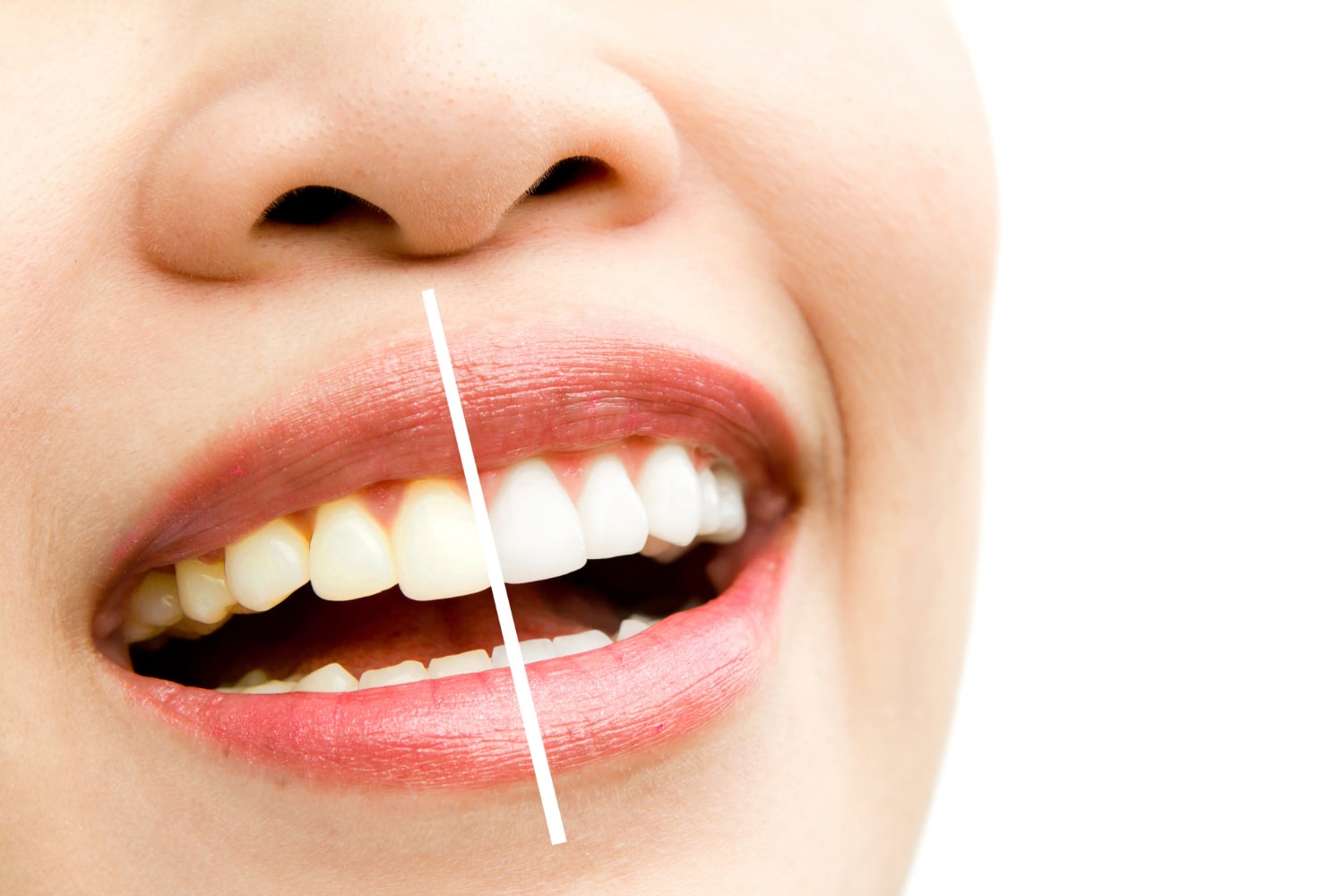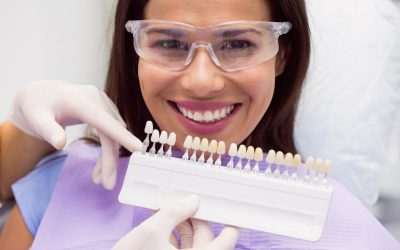Dental bonding is the right solution if you want to improve your smile and do not need significant dental procedures that are expensive. It is one of the most common cosmetic dentistry procedures, perfect for repairing chips, gaps, and uneven teeth within a single appointment.
Have confusion? Let’s understand the dental bonding procedure, its price, the outcome of the before and after effect, and the actual duration of the operation.
Understanding Dental Bonding
Dental bonding is a cosmetic procedure performed to fix small flaws or to correct your smile. The resin substance is attached to the surface of the tooth directly, and with the help of a special light,the outcome appears natural and smooth.
It is commonly used as a more affordable and conservative alternative to veneers or crowns. The best part? Anesthesia is not normally necessary in bonding- unless it is done to fill a decayed tooth.
The Process of Dental Bonding
The following are the steps you need to follow when visiting a dentist:
Step 1: Dentist will examine your teeth and choose a shade of resin that fits perfectly with natural enamel.
Step 2: To ensure the resin bonds more firmly to the tooth surface, a mild etching solution is used on the surface. No enamel loss is normally necessary, as seen in veneers.
Step 3: Once ready, dentist applies the composite resin and molds it skillfully to fit your tooth structure.
Step 4: To harden the resin material, a UV light is used. Then, the dentist polishes the bonded tooth to a smooth and glossy finish.
And that is it–fewer visits to walk out of with a better smile!
Dental Bonding Before and After Expectations
The improvement in your teeth bonding will be seen immediately after the treatment. Chips, cracks, and discoloration effectively disappear, making your teeth look more even and brighter.
The natural-looking finish has the tendency to make patients feel highly confident after bonding.
Typical problems that bonding can help:
- Cracked or chipped teeth.
- Stained or discolored enamel.
- Small gaps between teeth.
- Uneven edges.
- Short or worn-down teeth.
Dental Bonding vs. Fillings: Examine the Real Difference
Dental bonding vs. fillings is a little confusing since each procedure involves the use of composite resin. Let’s see:
- Dental Bonding is a cosmetic procedure that improves the appearance of your smile by masking blemishes.
- Dental Fillings are a restorative process. They put back teeth that have rotted to build on their functionality and strength.
However, both work with similar materials, but bonding is more about beauty-making your teeth even and beautiful.
If you want to have the appearance and lightening of your smile, ask your dentist if he can combine whitening with prior to the bonding treatment to the greatest effect.
The average cost of dental bonding
Dental bonding cost depends on the number of treated teeth and the complexity of the circumstances. You will be paying between $100 and $600 on average per tooth.
There are also dental clinics that provide payment plans- so you would pay $299+/month to have a full makeover smile, based on your plan of treatment, and where.
It is a relatively low cost of entry into the cosmetic dentistry market, particularly compared to veneers or crowns, which cost thousands of dollars each.
What is the Life of Dental Bonding?
Dental bonding may require between 3-10 years, which depends on:
- Your oral hygiene habits
- Bonding material type.
- Position of the bonded teeth.
- Coffee, smoking, or nail-biting
To maintain your bonded teeth:
- Do not bite hard stuff, such as a radio pen or ice.
- Restrict staining food and beverages.
- Clean teeth twice a day and floss.
Dental Bonding Before and After Care Tips
- Do not consume colored foods and beverages like coffee, wine, etc., for the next 48 hours.
- Biting hard things or opening packages with your teeth is not recommended.
- Have a dental check-up and cleaning done after six months.
If bonding ever cracks and discolors, it is simply mended during your next visit.
FAQs About Dental Bonding
- What is the life of dental bonding?
The average bonding of the teeth is between 3-10 years. Its survival is subject to your habits, oral health and the quality of bonding substance. Any routine check-ups and maintenance can be done to increase its lifetime.
- Is dental bonding painful?
Not at all. It is a painless procedure that does not normally demand the use of anesthesia except in the case of repairing a cavity.
- Does dental bonding correct interdental gaps?
Yes! Bonding is an easy-going, non-invasive bonding option to close minor gaps between non-braced or non-veneered teeth. It immediately increases your grinnerosity.
- Is dental bonding reversible?
Yes, dental bonding is a reversible process as it does not necessitate the loss of much enamel. You could always change it or upgrade it later- you will find many people upgrade to veneers to affect a more lasting change.
Final Thoughts
One of the best and cheapest methods of enhancing your smile within a single visit is dental bonding. You need to fill in chips, seal gaps, or whiten your teeth fast, naturally, and without drilling or pain.
It is a good alternative to any person desiring a confidence makeover smile but is not willing to spend a lot of money on it.
So why wait to love your smile? Book a free consultation with the best dentist in Etobicoke today, and begin your quest to find a perfect smile!




